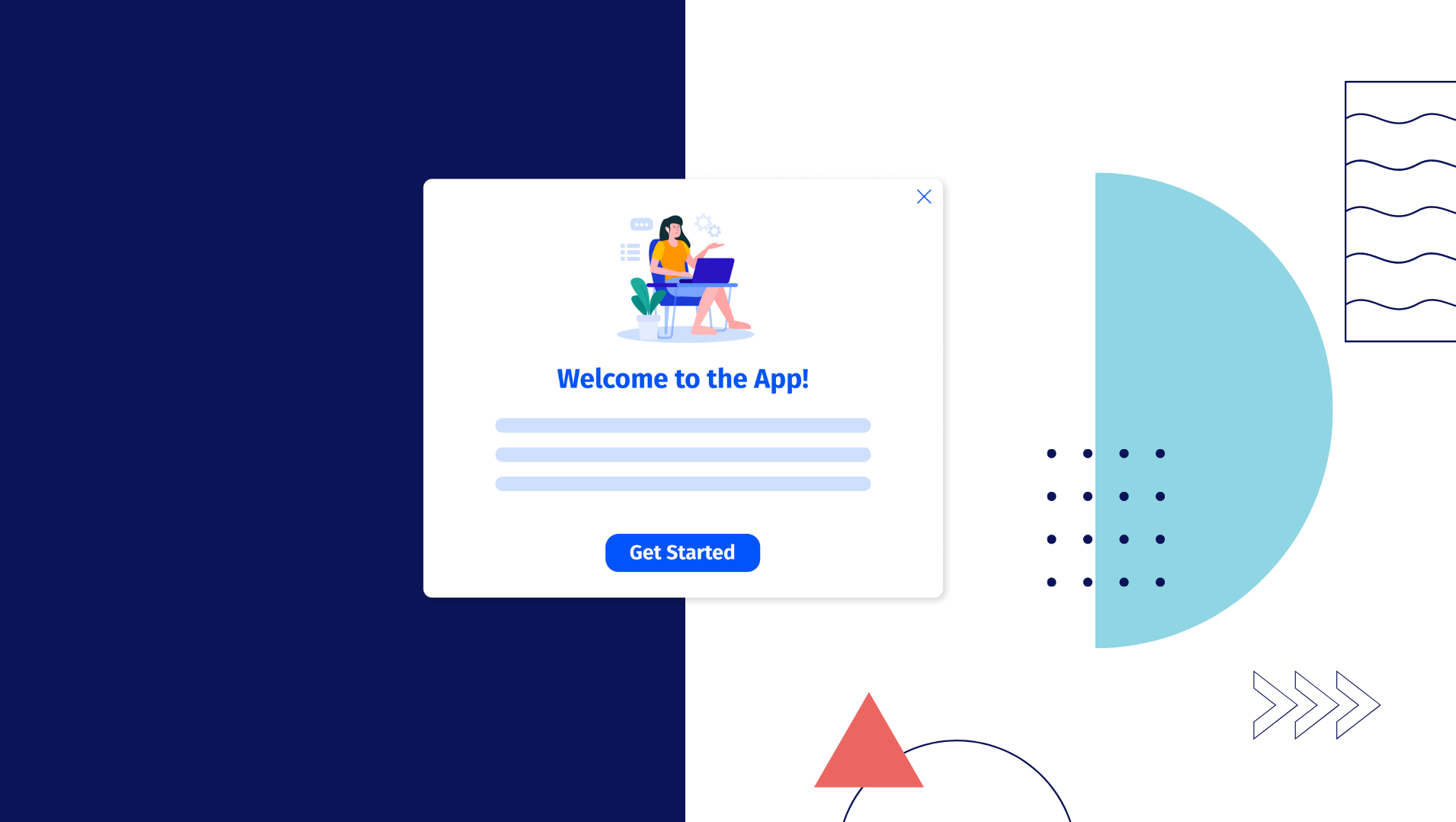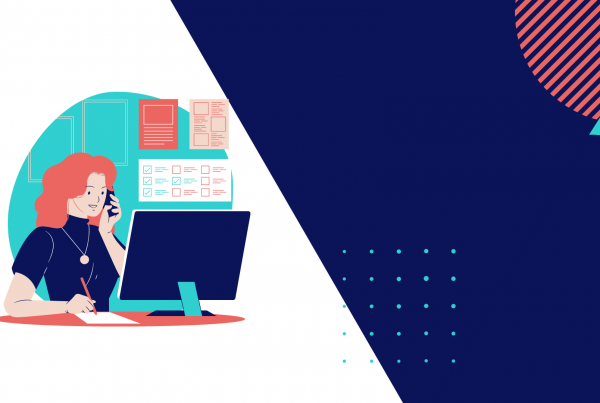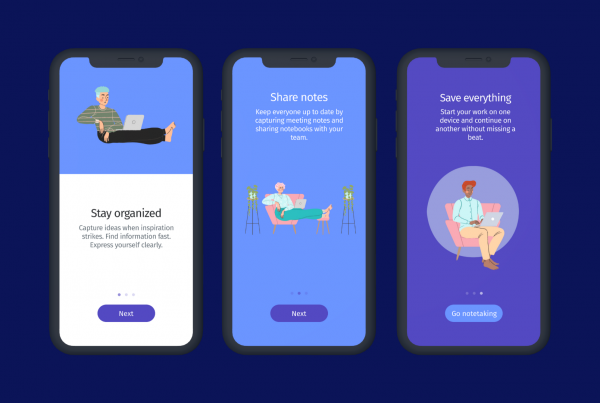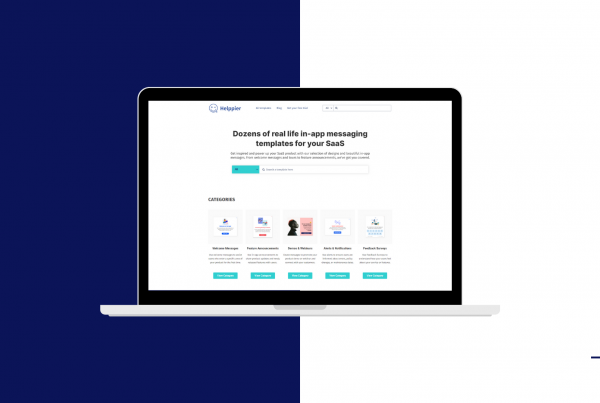An effective product onboarding process means providing the right content, at the right time and place.
Product teams are known to be very meticulous about the user onboarding experience and crafting a positive customer journey inside their products. And they are right in doing so! 🙌
According to Hubspot, 40 to 60% of free trial users will use your product once and never come back. This means you have little time to impress new users and convince them to use your product.
Also, according to Freshdesk, most SaaS companies struggle to convert more than 5% of their users. It’s a tough industry, right? 😅
Creating a great product onboarding process for your SaaS will help you retain new users by providing a positive first impression of your product. Other benefits include improving your product’s trial conversion rates.
In this article, I will share some insights on designing great product experiences using Product Tours specifically. But, before we start, below are some important concepts that you need to know. 😄
What is product onboarding?
“Product onboarding is a stage in the product adoption process. Users are first introduced to a product or platform, familiarize themselves with that product, learn about the product’s features, and develop their first impression of that product.” (digital-adoption.com)
An effective product onboarding process means providing the right content, at the right time and place, to ensure users understand how your product works and how they can benefit from it.
Onboarding should not overwhelm the user with too much information about your features and options. But rather, guiding users through the first steps and providing a short overview of your product so they don’t feel lost.
You need to see product onboarding as a crucial step in making users take advantage of your product to its fullest, and conveying a great user experience.
Why does product onboarding matter?
First impressions count. A lot. Both in the online and offline world. Did you ever have a bad experience at a car dealership? 🤔
In a previous article, our CEO Hugo Magalhães shared his experience with three different dealerships when he was looking for a new car. Can you guess which car he bought? It was a Volvo but that isn’t the point of my question. He bought the car which delivered the BEST experience and met his specific NEEDS.
With that said, the first experience with a specific product always determines if we will or will NOT buy that product. So, essentially, having a product onboarding process matters because it helps:
👉 Reducing frustration and confusion on first-time users;
👉 Converting new users into power users with quick product training;
👉 Maximizing your product’s ROI;
👉 Increasing user engagement rates in your product;
👉 Improving retention and customer loyalty.
What are Product Tours?
Here’s a quote from a previous article in our blog:
“Product tours work pretty much like a GPS, but for websites. They are interactive step-by-step messages that guide users through a specific workflow, highlighting the areas they need to go to achieve a certain goal.” 🗺️
Interactive content such as Product Tours provides users with a clear direction during the initial experience. After the signup process, during the trial experience, companies like Dropbox and Slack use Product Tours to highlight the main features of their software and show users how to complete their first task. 💡
There are dozens of ways Product Tours can be useful but, essentially, it allows accelerating the product adoption process by showing users exactly what they need to do.
And now that you’re familiar with these concepts, let’s talk about great product experiences. 🚀
How do you design great product onboarding experiences using Product Tours?
1. Your approach should always be focused on the users and tailored to their needs
Most of the time your business goals will not align with your user’s goals. And when it comes to product onboarding, you’ll want to focus on your user’s goals. 😉
Just as Samuel Hulick puts it:
“People don’t buy products; they buy better versions of themselves”
The best approach to onboarding is understanding what specific problems your users are trying to solve and which tasks they need to complete in order to solve them. Once you understand this, you’ll be able to show users how your product helps them be better and more productive. 💪
Let’s imagine you sell email automation software. Your software has several features including form builders, email sequences, CRM, landing pages, and so on. The first onboarding steps should guide users to your main value, perhaps help them create their first email or add their first contact.
With that said, here’s an example of onboarding flow you could create using Product Tours.
If you need more inspiration, check other templates you can use to build an effective user onboarding experience.
2. Choose a short but effective flow to improve the user journey
There are many reasons which result in frustration at the beginning of the user journey. Sometimes, we confuse users either because our onboarding lacks clarity, provides too many details, or is simply too long to follow. 🥱
To deliver a successful SaaS onboarding experience, you need to narrow it down to the most important steps. Define a structured onboarding process that will lead users to their “aha moment” and then, use interactive user onboarding tools like product tours or tutorial videos, to teach users the moment they enter your product.
Let’s take the example of email automation software. Imagine you’re a marketing professional exploring it for the first time (if you are, greetings fellow marketer). What are the features that you will most likely want to try first? I’d say, for example, check if it’s possible to import leads from a previous CRM or database. 🗂️
Using analytics and heatmaps can help you understand if that there is a specific feature new users often try first. Once you discover it, your onboarding guide should lead users to that feature.
Here’s another example of a short but effective product tour:
At Helppier, we always recommend creating a product tour with no more than 3–4 steps. Your tours should provide a quick overview of a specific area of your product, or highlight your main features. It should also be short and concise, telling users exactly what they need to do next.
Never lead users to long roads, only shortcuts. 🙌
3. Focus on key elements that help the user succeed
After narrowing down and focusing on a specific user goal, there are other details that you need to take into consideration to build a successful onboarding. For example, focusing on elements that will help the user succeed.
But what exactly are these elements? 🤔
According to research conducted by Intercom, after reviewing hundreds of software products they identified 6 key elements that all onboarding flows had in common.
👋 A welcome message
💻 An identity for the product or company
❗ A problem
💡 A value proposition
📝 Instructions on how to use
📣 A call to action
These elements should work as a baseline when defining your product onboarding practices, as each one will play an important role in leading new users to success. For example, welcome messages help create a positive first impression. Specifying the problem will help build a connection with your users. And a clear call to action will make sure they are on the right track.
If you see that your onboarding is missing one or more of these elements, try to incorporate them right away. By implementing these six elements you will be a lot closer to building a successful product onboarding strategy.
Below is an example of a product tour that encompasses all these key elements.
To Conclude: product onboarding should be ever-evolving.
Successful product onboarding is definitely not linear. In order to be successful, it needs to be a process that adapts to your product’s changes and growth. That’s why I say product onboarding should be ever-evolving.
No strategy fits all products, all the time. Meaning that you should take advantage of digital tools like software analytics and customer satisfaction surveys, to gather insights and valuable feedback from your users. This will help you make better decisions and improve the overall customer experience throughout the several stages of your business. 📈
Having an ever-evolving digital onboarding process during the trial period, for example, needs to encompass every detail from user onboarding emails and drip campaigns to the user onboarding tools you use. ⚙️
All of these elements need to be constantly evaluated and naturally, evolved.
I hope you enjoyed this article and hopefully, it helps you create a successful onboarding process for your software company.
If you’d like to read more about user onboarding experience and customer engagement make sure to follow Helppier on Facebook and Twitter.
In case you’re looking for user onboarding software, go ahead and explore our website. We have a 14-day free trial. 😉




